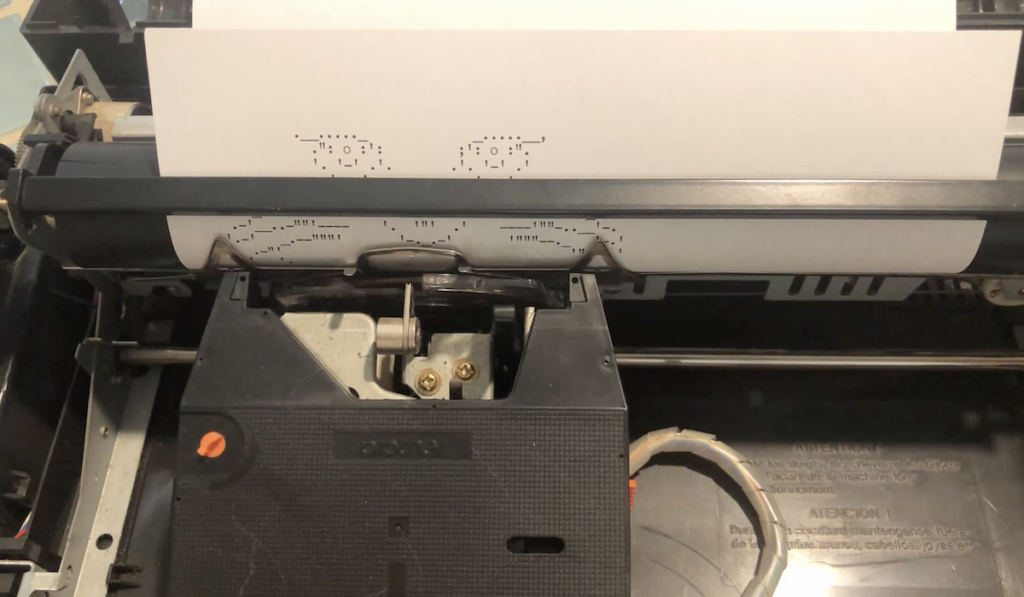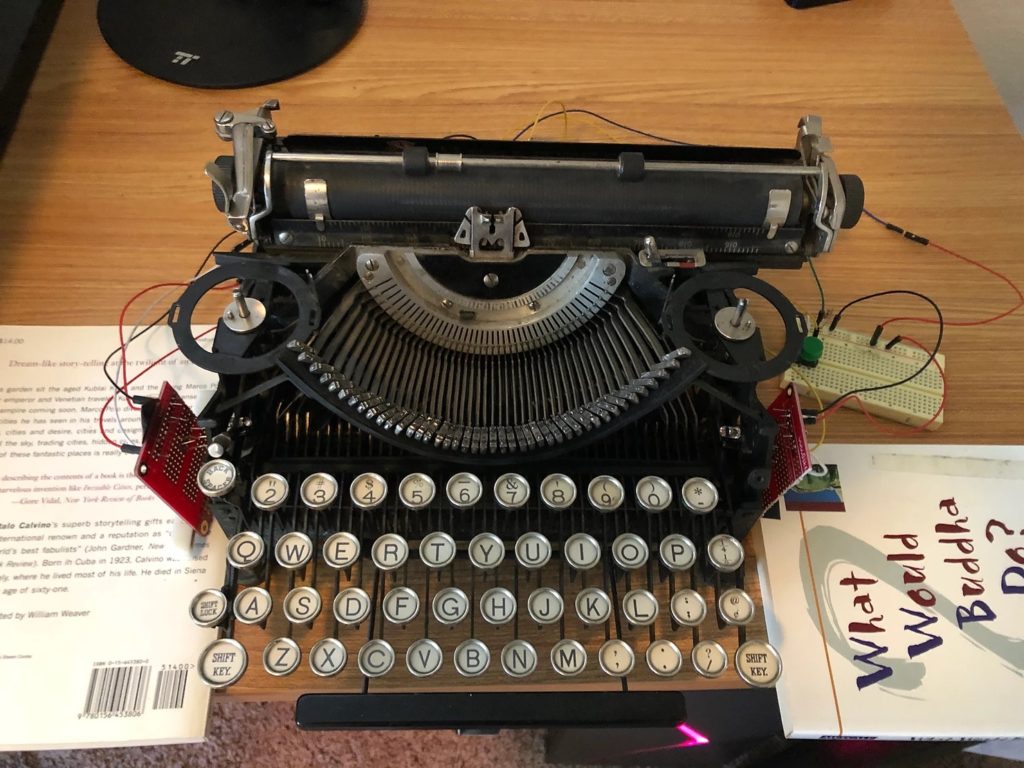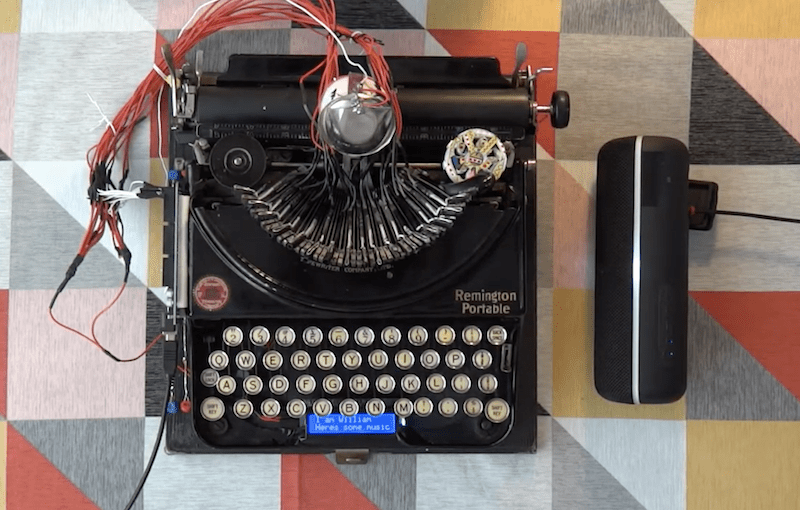Schlagwort: typewriter
-

Ghostwriter is a gorgeous typewriter with an onboard AI co-writer
Reading Time: 2 minutesMuch to the consternation of those of us who write for a living, AI writers are gaining traction as their capabilities increase. The hot name in the AI content creation industry at the moment is ChatGPT, which is powered by OpenAI’s GPT-3 engine. With the right input and direction, GPT-3 can output…
-

Reading typewriter key presses with an Arduino
Reading Time: 2 minutesArduino Team — August 3rd, 2022 There was a period in the late ‘70s and into the ‘80s when typewriter manufacturers tried to keep up with the tide of the digital age. Personal computers were hitting prices that middle-class families could justify and even the most basic models were far more practical…
-

Typewriter turned into mechanical keyboard for gaming
Reading Time: < 1 minuteArduino Team — May 8th, 2021 Although mechanical keyboards are more popular than ever in gaming communities, getting that perfect “click” when you press down on the key is still being chased. That’s why maker Jason Ron wanted to convert an old typewriter into the perfect gaming controller. It works by…
-

This maker turned an antique typewriter into a MIDI drum machine
Reading Time: < 1 minuteThis maker turned an antique typewriter into a MIDI drum machine Arduino Team — April 23rd, 2020 Vintage typewriters are truly amazing pieces of technology, but unlike modern keyboards, they are decidedly one-purpose machines. William Sun Petrus, however, had other ideas for his 1920s-era Remington Portable typewriter, augmenting hammers with wires…



